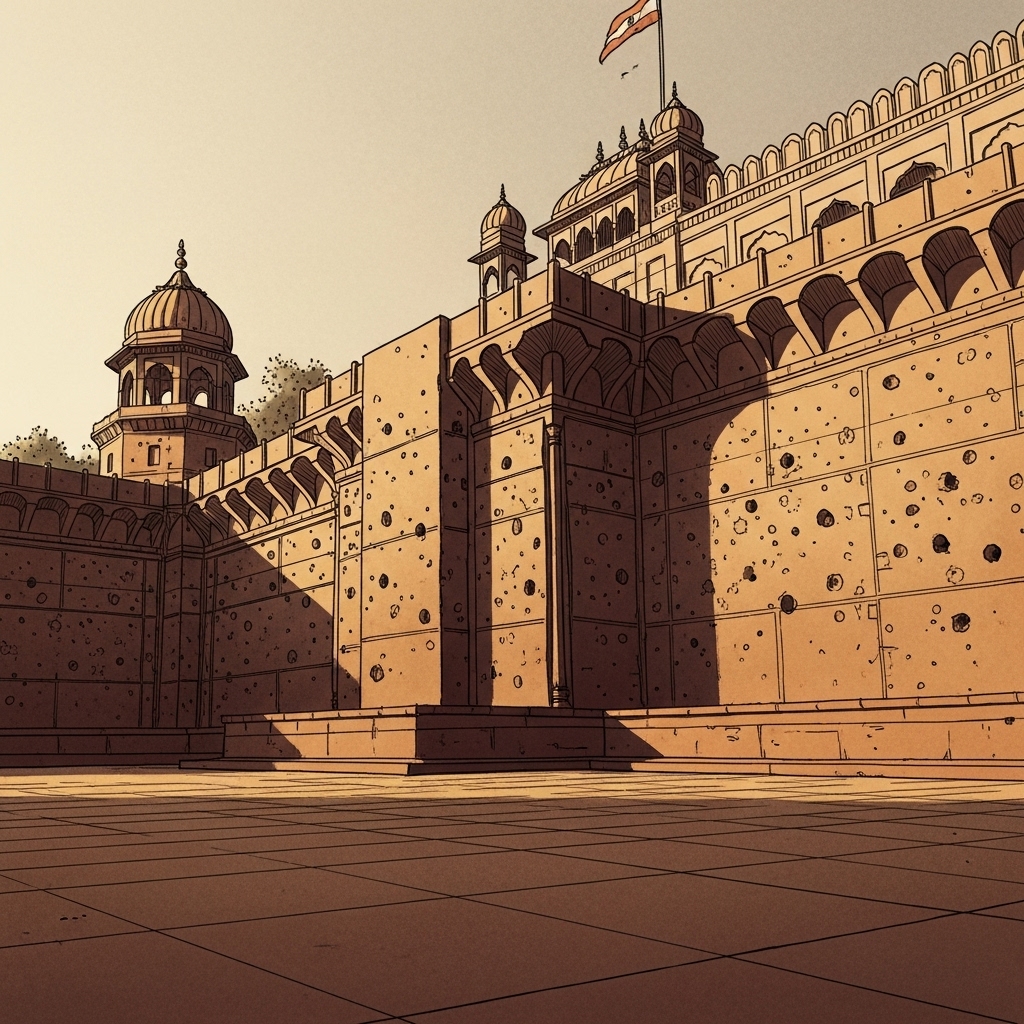🇮🇳 1920 — A Nation Roused by TragedyMahatma Gandhi reflected on the Jallianwala Bagh massacre, stating, “India rose through Jallianwala Bagh.”

Sometimes, the deepest tragedies become the most powerful catalysts for change and national awakening. One year after the horrific Jallianwala Bagh massacre of 1919, Mahatma Gandhi reflected on its profound impact. He powerfully stated that the brutality of that day, where British troops fired on unarmed civilians celebrating Vaisakhi, had awakened the conscience of India. The event became a defining national symbol of colonial oppression and Indian resilience. Gandhi’s words captured a profound truth: the massacre transformed the struggle for independence from a political debate into a moral crusade. It exposed the raw, unapologetic violence of the British Raj, galvanizing millions across India and unifying them in their demand for freedom. The shared grief over the tragedy forged an unbreakable national resolve. This reflection reminds us that the memory of injustice, while painful, can be a powerful and enduring fuel for the pursuit of a better future.
|

